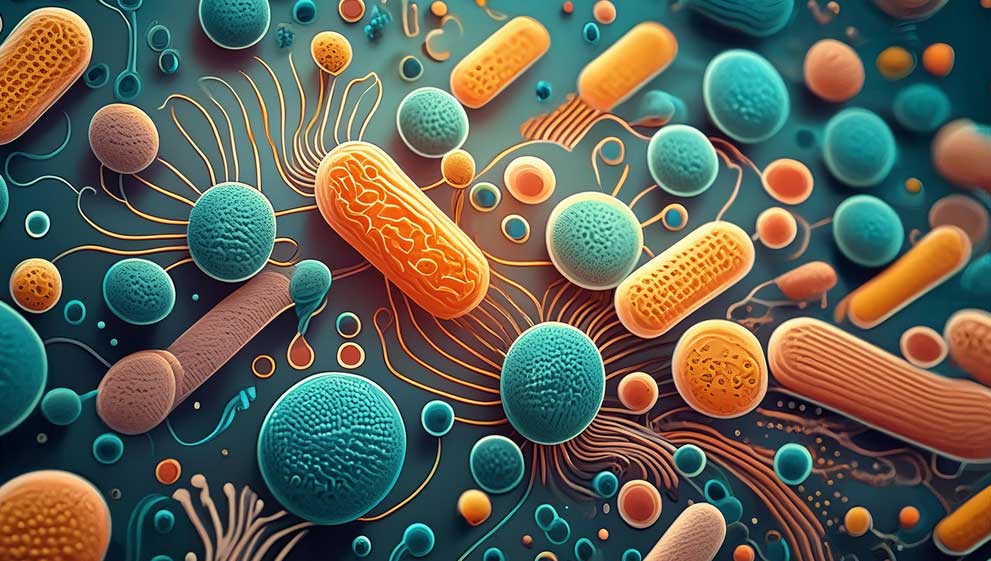A team of scientists at Georgia Tech University has engineered a steel-and-copper-based material that maintains its antibacterial properties without needing detergents or antibiotics. This innovation stems from its unique surface geometry, etched with nanoscopic needles that are small and sharp enough to pierce bacterial cell walls, effectively killing the bacteria without sterilization.
This development is particularly significant given the growing challenge of bacterial infections worldwide. Overuse of antibiotics and chemicals has led to the emergence of lethal, antibiotic-resistant bacteria.
“Bacteria can rapidly proliferate, especially in shared environments. Our goal is to reduce drug-resistant bacteria,” explained Dr. Anuja Tripathi. “We showed that the dual activity of copper-coated, nanotextured steel can disrupt bacteria by rupturing their cell membrane and causing membrane depolarization, without any chemicals.”
Tripathi and her team envision their invention being used to create antibacterial objects for hospitals and kitchens, where surface contamination can lead to serious illnesses. Their tests focused on E. coli and staphylococcus, representing the two main bacterial groups: gram-positive (protected by a thick peptidoglycan wall and one inner membrane) and gram-negative (protected by layers of peptidoglycan between two membranes).
“Killing gram-positive bacteria, which have thinner cell walls, without chemicals is relatively easy, but tackling gram-negative bacteria is more challenging due to their thick, multilayered cell membranes. These bacteria can rapidly grow if they persist on surfaces,” Tripathi elaborated. The researchers aimed to develop an antibiotic-free bactericidal surface effective against both gram-negative and gram-positive bacteria.
The metamaterial is created through a two-step electrochemical process that modifies the surface of stainless steel. First, the steel is etched into long, needle-like nanostructures. Next, a thin layer of copper ions is deposited on the surface.
While the nanotextured stainless steel itself kills bacteria, the team enhanced its antibacterial activity with copper. Copper is known for its antibacterial properties but is too costly for widespread use. The team found that only a minimal amount of copper ions needed to be deposited on the steel to achieve the same antibacterial effectiveness, thus avoiding the prohibitive costs of using large quantities of copper in manufacturing countertops, tables, surgical equipment, or door knobs.
The study showed that the modified stainless steel reduces 97% of E. coli and 99% of staphylococcus. However, Tripathi emphasized that cleaning surfaces is still necessary because the antibacterial surface requires direct contact to be effective. "Any contaminants can reduce the contact between bacteria and the metal surface, allowing bacteria to proliferate, especially in shared areas like staircases and door handles," she noted. Keeping the surface clean with just a cloth and water enables the steel to function effectively.
If you are interested in using stainless steel in your next laboratory design project, have a look at our stainless steel laboratory sinks and stainless steel fume cupboard liners.
